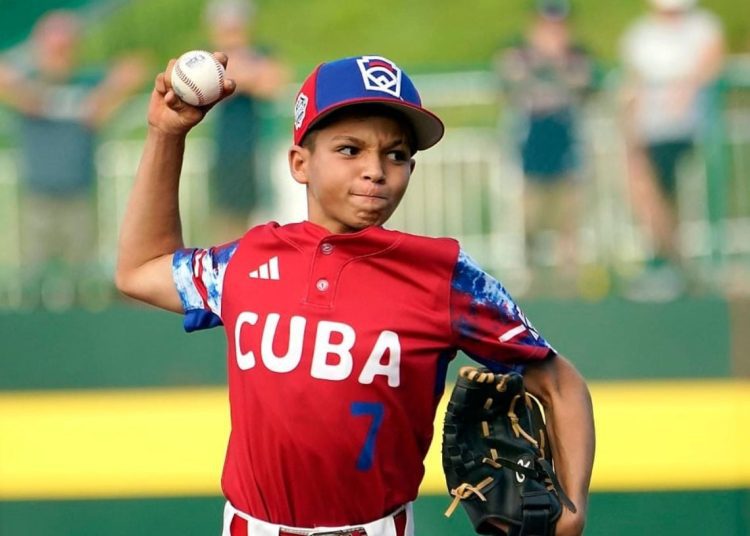By Reinaldo Nerey
No president of the United States has played in the Major Leagues, but there are records of at least one being a star in the Little League diamonds. George W. Bush, at just 9 years old, ran around with bats and balls in the Central Little League of Midland, Texas, nearly 7 decades ago. Later, he became the first and only Little Leaguer to ever sit in the Oval Office.
This might be an inconsequential piece of information. Still, it serves to illustrate the magnitude of a small project that came to life in the late 1930s and then went on to expand to more than 80 countries, involving every type of public figures and future stars of the athletic universe: Little League Baseball.
Dan O’Brien, Barcelona 1992 decathlon champion and triple world champion in Tokyo, Stuttgart and Gothenburg, played in Little League as a child; so did John Shuster, winner of the Winter Olympic Games in curling, and footballer Sydney Leroux, summer monarch in London 2012.

Another eloquent example of the reach of the Little League is the passage through said tournaments of true legends of the four great circuits of professional sports in the United States: MLB (baseball), NFL (American football), NBA (basketball) and NHL (ice hockey).
A total of 34 Cooperstown Hall of Famers played in the Little League, including living legends like Mariano Rivera, Derek Jeter, Greg Maddux, Carl Ripken Jr., Nolan Ryan and Joe Torre, as well as Kareem Abdul-Jabbar, second scorer in NBA history, and Tracy McGrady, both immortals of U.S. basketball.
In addition, 7 members of the American Football Hall of Fame went through the Little League, including the legendary Joe Montana and Dan Marino, as well as 7 other players who won the Super Bowl, among them Tom Brady, Aaron Rodgers and Deion Sanders.
But the truly wonderful thing about the Little League is that it has completely transcended the borders of the United States. According to reports from the organization itself, Little League Baseball has become the largest organized youth sports program in the world, with nearly 200,000 teams in all 50 U.S. states and in more than 80 countries.
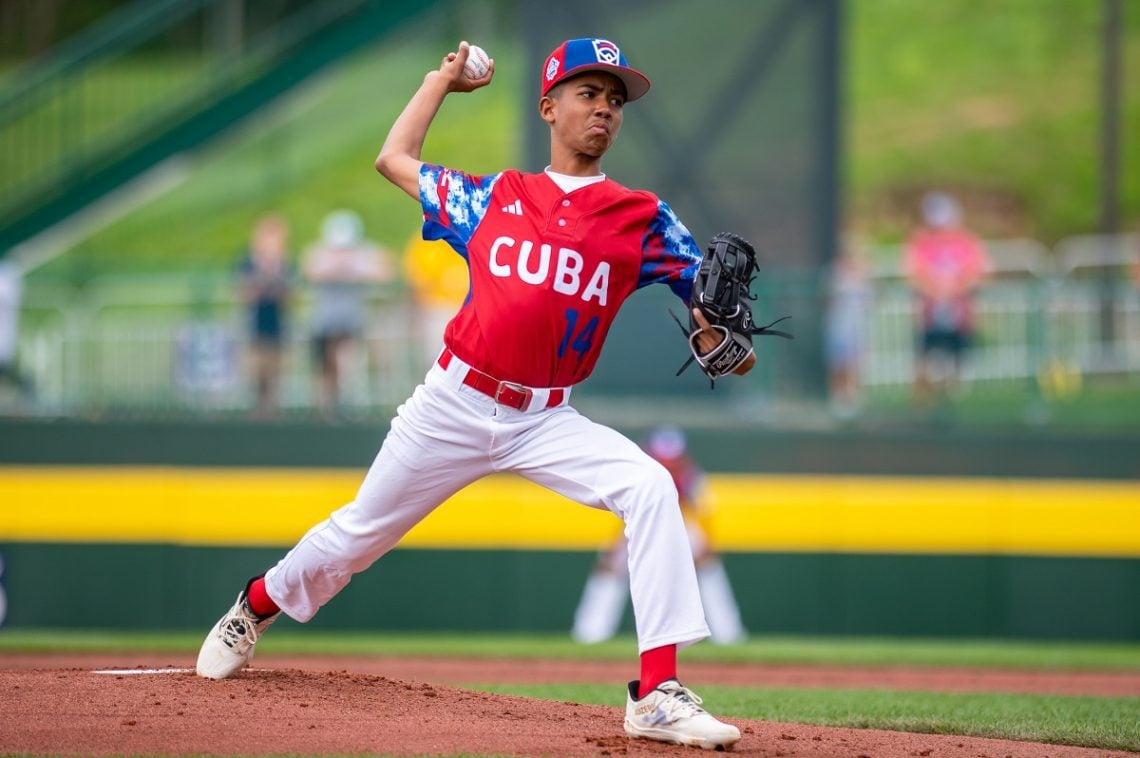
This growth was impossible to envision in 1938, when Carl Stotz had the idea of creating an organized baseball league for boys in his hometown of Williamsport, Pennsylvania. The program was intended to instill in them sportsmanship and the values of fair play and teamwork. Brothers George and Bert Bebble joined that line and together with Stotz formed the first 3 Little League teams: Lycoming Dairy, Lundy Lumber and Jumbo Pretzel.
They laid the foundations for a program that was not further developed due to World War II. However, after the end of the war, solid steps began to be taken for the rise and growth of the project, which in less than two decades managed to consolidate and expand nonstop, as shown by the following data:
* In 1950 the Little League already had more than 300 affiliated circuits and in 1951 it experienced its first international expansion with the creation of a championship in British Columbia, Canada.
* By the end of 1952, the impact also began to be felt when Joey Jay became the first Little League player to play in MLB with the Milwaukee Braves.
* In just a decade, the Little League managed to expand to 48 states in the country and carry out more than 4,000 programs.
* International expansion peaked in 1957 and 1958, when the boys from Monterrey, Mexico, became the first Little League World Series champion in successive seasons. Contrary to what many may think, no team from the United States achieved 2 consecutive tournament titles until almost 40 years after its founding.
* In 1960, only 15 years after the end of World War II, the Little League had more than 27,400 teams worldwide, reaching places with minimal baseball tradition such as Germany, from where the first European team (Berlin) arrived to Little League World Series.
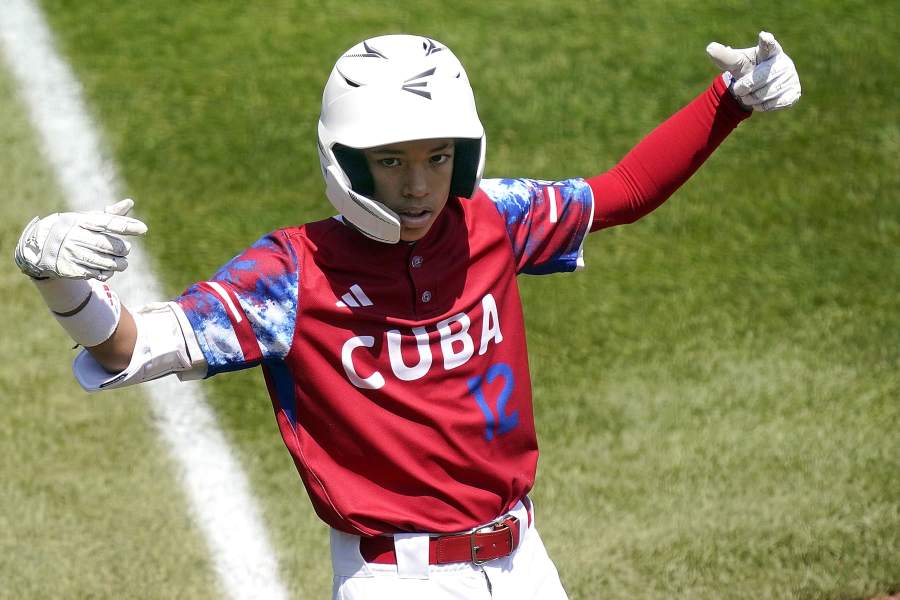
As we have already said, the Little League’s international expansion of one of the strongest points of the organization, which has contributed to the development of baseball and the discovery of new talent in many countries. That impulse has been palpable in the traditional World Series that since 1947 has been held every year in Williamsport, Pennsylvania.
In the history of the event, 29 countries have participated, including some without any baseball tradition such as Belgium, the Czech Republic, France, Germany, Greece, Guam, Poland, Saudi Arabia, Uganda or Turkey. Of all the foreigners, China Taipei is the one that has climbed to the top of the Little League classic the most times (17), followed by Japan (11), Mexico (3), South Korea (3), Venezuela (2) and Curacao (1).
As for the regions of the United States, California is the winner (6 crowns), followed by Pennsylvania, Connecticut, New Jersey and Hawaii, all with 4 scepters.
Cuba and Little League
The name Cuba was out of this system for years, until a Memorandum of Understanding was signed in March 2019 between the Little League and the Cuban Baseball Federation (FCB) focused on contributing to the development of the sport of balls and strikes on the island, to increase the interest of children in its practice and to increase the competitive training of children at an early age, one of the great problems that the national pastime has dragged on in recent years.
The almost absolute absence of resources and the marked neglect of the areas were some of the main impediments to the development of the base in Cuba, which has undergone a tenuous revival in the last 4 years, with renovation of fields and new equipment, as well as financing to participate in international events. In addition, the Cuban Little League was formally created, with more than 150 local programs.
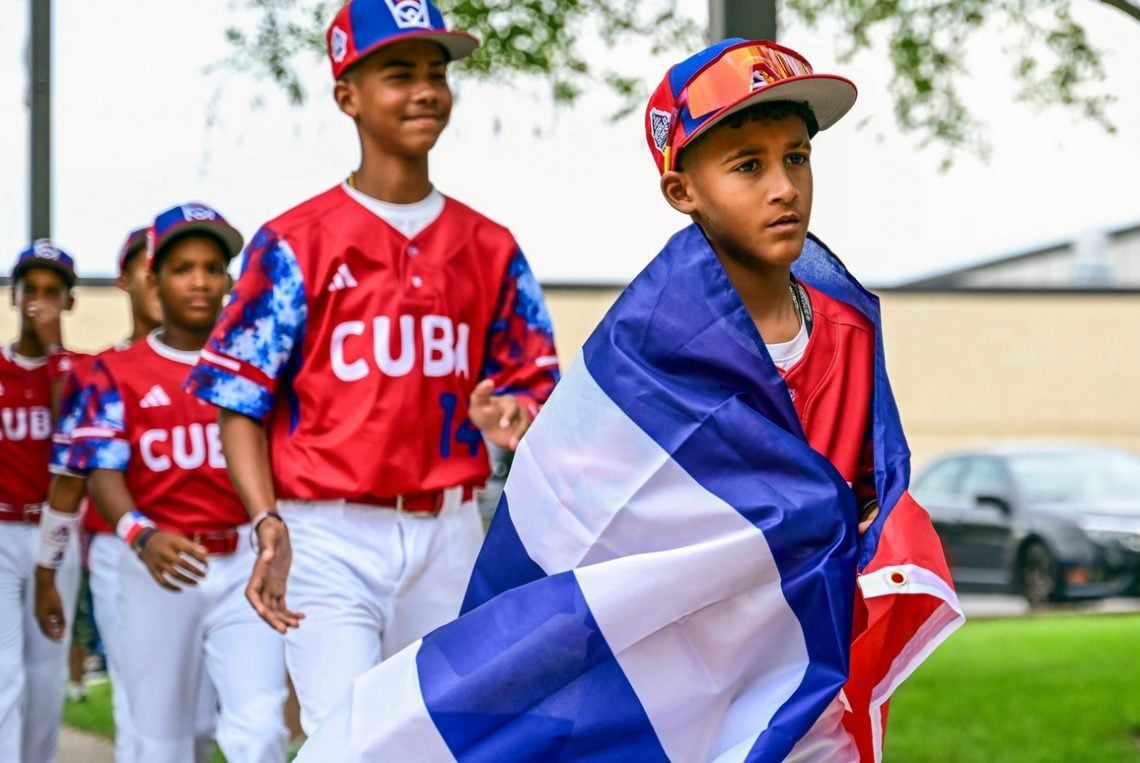
“I’ve been able to see firsthand the passion for baseball throughout Cuba, where many children love the game. I’ve also seen an opportunity to help them, improve the experience of these children, with equipment and resources,” said in 2019 Stephen D. Keener, Little League president, who has been following the course of the project and has pushed all the time to seek the greatest possible impact on the island’s children’s baseball communities.
The icing on the cake was Cuba’s first participation in the Williamsport World Series, where the Bayamo team offered pleasant sensations despite being eliminated after 3 games. A victory against Australia and defeats against Japan and Panama was the final balance of the boys, who captivated the fans and many specialists.
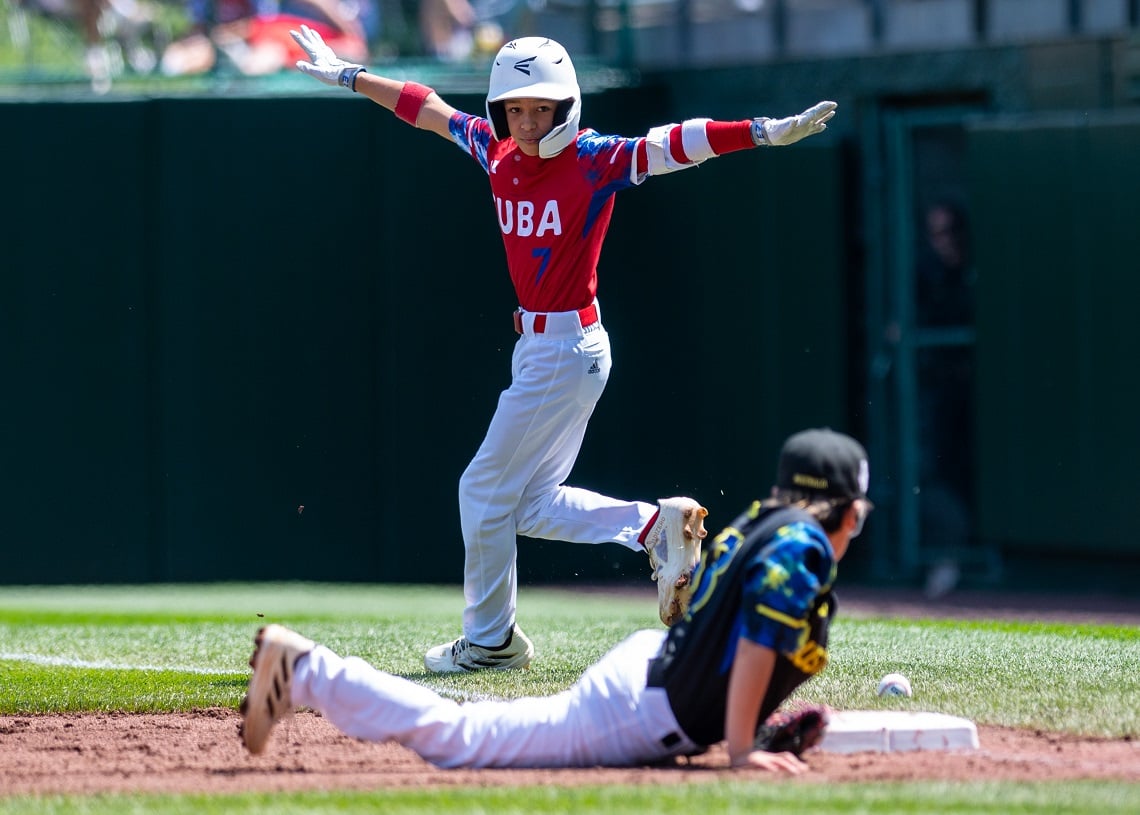
Their competition in Pennsylvania is also a source of inspiration for the rest of the children who practice baseball and irrefutable proof of the fruits of the program, which has survived despite the tense political relations between Cuba and the United States. In fact, many thought in 2019 that this project would have no future since just after it was signed, the U.S. administration canceled the Agreement between the FCB and the Major Leagues to regulate the flow of Caribbean players to the MLB.
Fortunately, the Memorandum of Understanding between the Little League and the FCB has not suffered the same (bad) luck and is now being consolidated. In fact, it was recently renewed until 2025. What does this mean? Well, we will continue to have games in the neighborhoods and permanent confrontation between children who, without these programs, could go to other sports or would take forever to compete in organized tournaments with minimal conditions.
The Little League has changed the Cuban reality of children’s baseball, which no longer depends only on National Championships or School Games. With this project, vitality has been recovered and the rigor in training and competitions has increased considerably, which will help these boys in their process of technical and tactical development.
However, there is still a long way to go, especially in material support, so that the parents of young athletes do not have to make such great efforts to keep their children practicing sports. With that account pending, we must look to the future and think carefully about the steps to give a boost to the baseball movement on the island from the grassroots.
For now, with our foray into the Little League World Series, we have become the latest jewel in the crown of a system that does not give up in its efforts to expand and develop baseball programs around the world from an early age.

